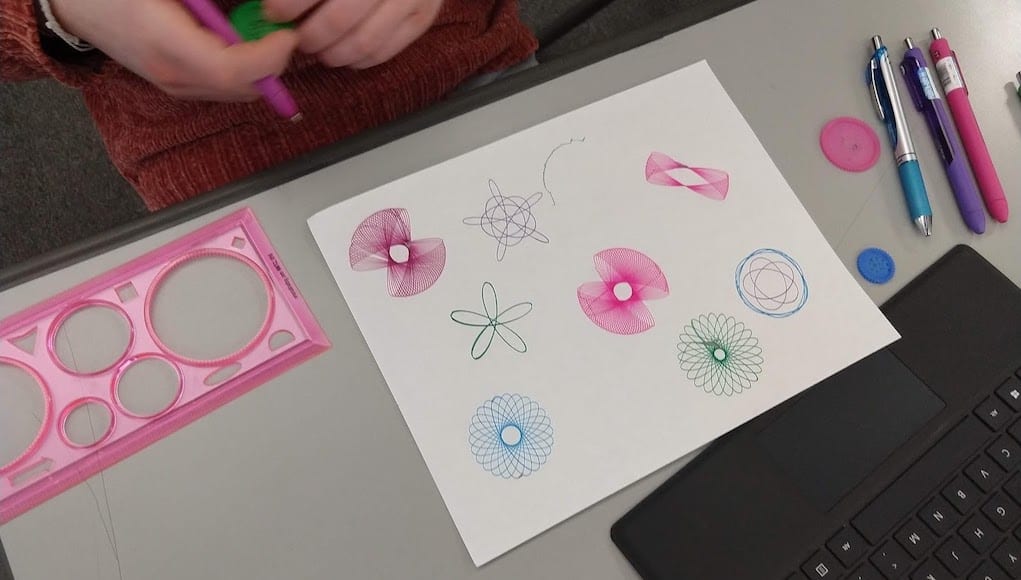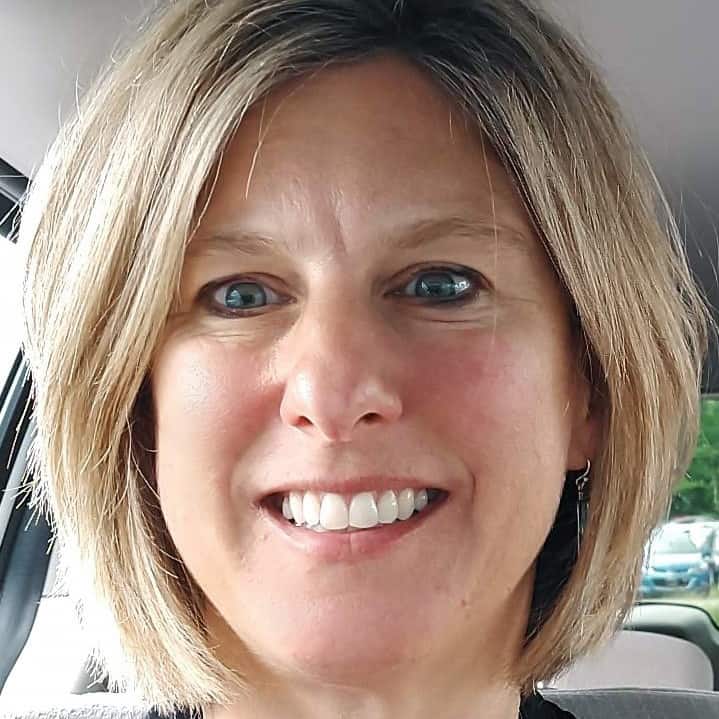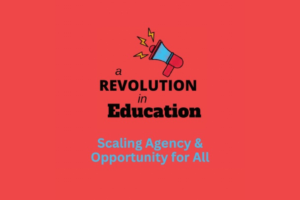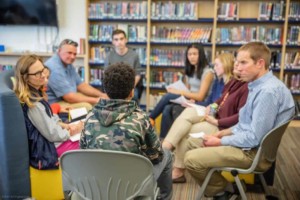Inspiring Serendipity in the Classroom

“It is the supreme art of the teacher to awaken joy in creative expression and knowledge.” – Albert Einstein.
The phrase “awaken joy in the creative expression” reminds me of a fascination I developed a few years ago with the concept of serendipity. It all began with an op-ed piece I read in the New York Times: “How to Cultivate the Art of Serendipity,” written by Pagan Kennedy. The author described serendipity as “the art of finding what we’re not seeking.” In the course of explaining that many ideas, discoveries, and inventions resulted from serendipitous situations, Ms. Kennedy noted that “As people dredge the unknown, they are engaging in a highly creative act.” Since serendipity is important but not well-understood, she suggested that a new field be established with the intent of better understanding, and even teaching, serendipity.
I had no idea how to teach serendipity, but could I inspire it? In other words, could I create situations in my classroom that would lead students to experience serendipity? It was worth a try. My instincts led me to “making” and art, so I integrated more creative, open-ended, and artistic “making” activities into my classes. In these activities, students used technology to explore concepts at a deeper level. When possible, the activities gave them choice and freedom to control their learning in a way that might lead to a moment of serendipity and greater understanding. In addition, as they learned about the concepts, they created works of art that appealed to them.
Every year, I develop more of these creative expression activities. I recently asked my students to reflect upon how some of these art-inspired activities have impacted their math experience or math understanding. Student response was overwhelmingly positive:
- “I definitely think seeing math take on a physical form in art has grown my thinking and made me think about math a little differently. Now it’s almost difficult not to see math in almost everything I do.”
- “The incorporation of art into math this year has led me to understand that math is not just equation solving on paper. Not only can it be used to design cool objects, but it also is prevalent in the world. From textbooks to business corporations to nature, math to me has become a concept that is universal with boundless opportunities to learn more.”
- “I start thinking about patterns like math problems like if I see a flower I see the rose petals from trigonometry equations.”
- “I feel like it has helped get a better understanding of math in real life because we used actual examples. It has also made the class a lot more interesting and interactive which I have enjoyed.”
- “Normally, I find math really uninteresting and bland, but the way we connected it to the real world and art made it a lot cooler and more enjoyable. I really liked the 3D printing projects especially, because we got to make whatever we want using stuff that isn’t that fun by itself.”
Based on experience, the best advice I can give for creating activities that inspire serendipity is to be willing to take risks in your classroom. Some things will work well, some may not. Embrace it all, and use the mistakes to improve the activity for next time. Need some ideas or inspiration?
- Start local: Tell your students to stroll the hallways and look at art that has been created by their peers. Ask them to reflect and describe any connections to your class that they notice. Students get excited when they see connections to concepts they have studied in class. I use GrokSpot to collect and share student responses, but any formative assessment tool (Microsoft Forms, Google Forms, Flipgrid, etc.) could be used. Another idea: visit your school’s makerspace and ask students to create an object that represents their understanding of a topic they recently learned.

- Walk outside: Find connections to your class in nature or architecture by integrating outdoor education. As an example, our school’s Director of Outdoor Education organized a schoolwide project about pollinators. Students from grades K through 12 explored pollinators from many angles, including math, science, writing, visual art, and performing art. Student work was displayed publicly for everyone to see, enjoy, and connect.
- Go global: Think art museums, online galleries, and social media! Don’t forget that many scientists and mathematicians also create art from their research. A recent visit to the Public Galleries at the Koch Institute for Integrative Cancer Research at MIT left my mind dancing with ideas and inspiration. Search social media for hashtags, such as #mathart and #sciart, that are connected to your discipline.
- Create art as you explore in class: Draw. Write. Photograph. Sculpt. Create. In my math classes, we use software to explore graphs of equations that students turn into their own 3D printed art. We learn about the mathematics and physics of sound and use software to program our own songs.

- Create art with code: Asking students to create patterns or artwork with basic coding (such as Scratch) can help them begin to understand how computer scientists solve problems. A great example to discuss: how an interdisciplinary team recently created the first picture of a black hole.
The more I create activities that awaken joy in creative expression and knowledge and inspire serendipity, the more I change the way I teach math, the way I see math, and the way I ask my students to explore and connect with mathematical concepts. These activities can be as fun and valuable for me as they are for my students. We experience serendipity together, and that’s what learning should be all about!
For more, see:
- Promoting Pathways to Good Jobs: Strada Education Network
- There is No Syllabus for Life
- A Library Transformed
Stay in-the-know with innovations in learning by signing up for the weekly Smart Update.
The photos used in this post were taken by Jamie Back.
Jamie Back is an Upper School Math Teacher at Cincinnati Country Day School. Follow Jamie on Twitter: @jmeb96








0 Comments
Leave a Comment
Your email address will not be published. All fields are required.